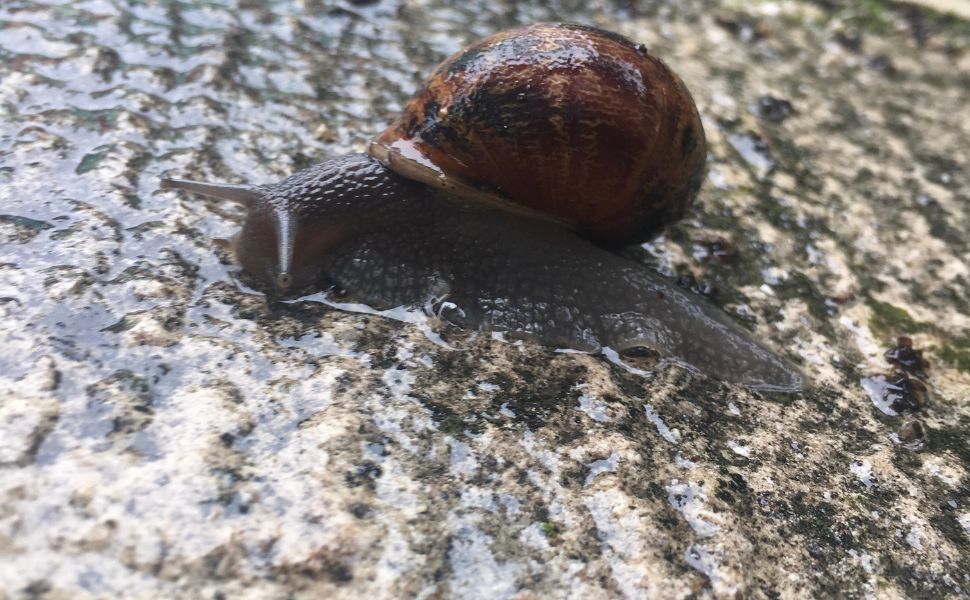The Story
Before I share the recipe, let me tell you a bit about Grandma Alberta, whose wisdom is unparalleled. Born in 1929, she lived most of her life as an illiterate, like most people born in that era. She married Grandpa Beppe when she was barely more than a child, and they had four children, two boys and two girls.
When her children were old enough to take care of themselves (which wasn’t until they were around thirty, unlike nowadays), she started working as a seamstress. It was during this period, which she remembered as the best time of her life, that she learned to read and write. Her stroke of luck was meeting “La Madamina”, a French lady married to an Italian baron, who had her clothes made by Grandma Alberta. She took her under her wing and taught her the basics of writing.
But “La Madamina” didn’t stop there, and for some strange reason, she chose my grandma to pass on knowledge that she herself described as “esoteric”. Thus, from an illiterate homemaker, Alberta became the “family intellectual,” as Mom playfully called her.
The recipe you’ll read below is the original one, and there are some tips to follow regarding the ingredients and quantities.
The flour should be “00” or “0” (I use rice flour, but it’s not the same, I warn you), and as for the butter, it should be cold. The more butter you use, the more crumbly the shortcrust pastry will be. The quantity of sugar in the recipe depends on the desired crunchiness; the more sugar you add, the crunchier your pastry will be. If the dough crumbles during preparation, don’t panic! Just add a couple of tablespoons of cold water or half an egg white to make it elastic again. Finally, unlike other recipes, I don’t recommend substituting any ingredient.
→ Feel free to grab my ebook here if you’re looking for Tuscany and Italy inspiration! Or, if you’re eager to enhance your Italian language skills and speak fluently, check out my Italian Conversation Lessons

Shortcrust Pastry Ingredients:
250g of flour
100-150g of butter
120-150g of sugar
2 eggs + 1 yolk
Grated lemon zest
1 teaspoon of baking soda

Preparation
Place the flour on a preferably wooden surface, making a well in the center for the sugar.
Add the eggs, yolk, cubed butter, lemon zest, and baking soda.
Combine everything to form a compact and elastic dough, then shape it into a ball.
Cover with a kitchen towel and refrigerate for about an hour. Voilà! It’s ready to roll out on a floured surface.

Custard Cream Ingredients:
½ liter of whole milk
120g of fresh whipping cream
8 egg yolks
160g of sugar
40g of cornstarch
1 vanilla bean
Preparation
Beat the egg yolks with sugar and vanilla until it becomes frothy.
Add the cornstarch and mix well.
Heat the milk and cream, and when they are close to boiling, remove them from the heat and add the egg yolk mixture without stirring.
Place the saucepan back on the heat and wait for the milk to boil while the egg mixture floats on top.
Quickly whisk everything until the cream becomes thick and smooth. Wait for it to cool, then pour it into the shortcrust pastry.

Tart Ingredients
500g of fresh mulberries (best if freshly picked)
6 tablespoons of sugar
Preparation
Mix the mulberries with sugar and let them sit for about half an hour.
When the shortcrust pastry is ready, after pouring the custard cream, add the sugared mulberries.
From The Heart Of Italy My Gift For You (Free Download)

Experience the magic of Tuscany in your everyday life with my FREE PDF guide:
“Tuscany Slow Living Inspiration: Heal Your Life and Embrace Quietness“
This printable digital book is designed to help people organize their daily lives while embracing the slow living philosophy.
It includes prompts for journaling, Tuscan quotes, mindfulness exercises, and informational sections about Tuscan culture, cuisine, and traditions…


